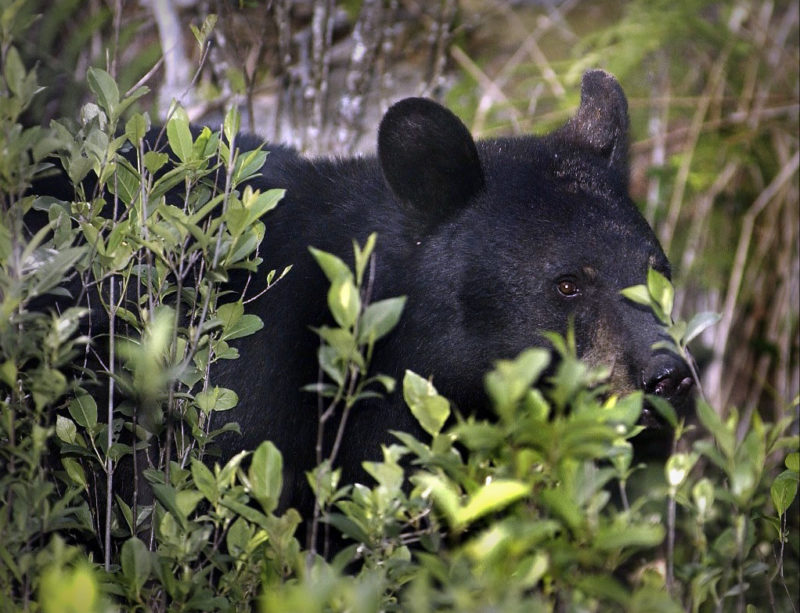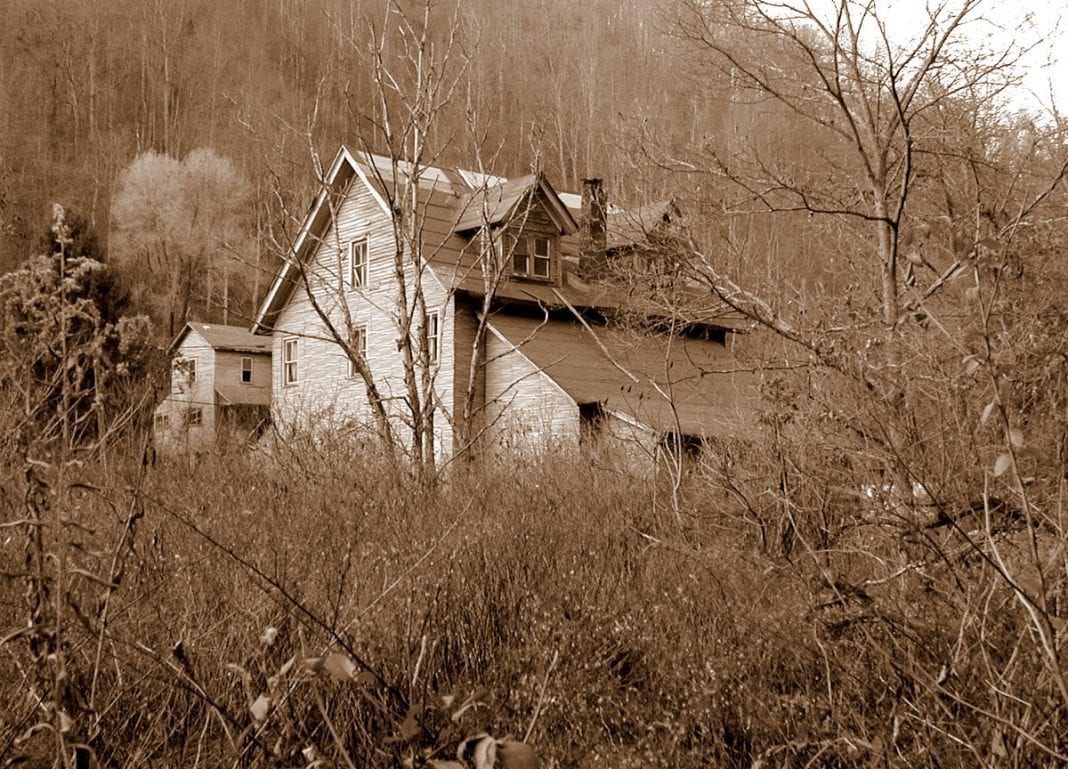West Virginia hunters harvested 2,606 bears during the combined 2018 archery and firearms seasons, according to Colin Carpenter, black-bear project leader for the state Division of Natural Resources.
One bear was harvested in Preston County during the state's first Mountaineer Heritage Season, which ran Jan. 10–13, 2019.
The preliminary harvest for the combined 2018 seasons was 18 percent below the 2017 harvest of 3,160 bears but is the sixth-highest bear-kill recorded in the state.
Hunters took 637 bears during the first segment of the 2018 archery season, which ran Sept. 29 through Nov. 18. Bow hunters killed 374 bears, and crossbow hunters took 263. The top five counties were McDowell (54 kills), Wyoming (49 kills), Fayette (34 kills), Nicholas (33 kills) and Boone (29 kills).
Firearms hunters harvested 1,969 bears during 2018, taking 565 bears in September and October, including 18 bears during the concurrent bear and antlerless-deer season.
They took 537 bears during the concurrent buck/bear firearms season and 866 during the traditional December season. The top five counties were Pocahontas (166 kills), Randolph (143 kills), Nicholas (142 kills), Pendleton (126 kills) and Webster (125 kills).
“When looking at all mast species combined, mast production in 2018 was 22 percent below mast production in 2017,” Carpenter said. "In addition, the mast index for all oak species in 2018 was 24 percent below the long-term average."
"Historically, a scarcity of mast makes bears easier for archers to target, but these conditions encourage earlier denning and make fewer bears available for hunters during both the buck firearms and December bear firearms seasons.”
Red oak, black oak and scarlet oak production decreased 64 percent from levels recorded in 2017, Carpenter said.
White oak production was nearly identical to 2017 and 42 percent above the long-term average, while chestnut oak was 10 percent above the long-term average.
“The 2018 Mast Survey and Hunting Outlook predicted an archery harvest similar to 2017 and a decreased December firearms harvest over the levels observed in 2017,” Carpenter said.
“The prediction held true for both the archery and December seasons; however, the overall bear harvest was lower than 2017. The 2018 bear harvest declined during the September-October, buck firearms and December seasons, yet increased during the bow-crossbow season.”
Read Also
- November chill recalls tale of Braxton County bear hunter
- Death by Hunter: A Buck considers the approach of Winter
Sign up to receive a FREE copy of West Virginia Explorer Magazine in your email weekly. Sign me up!


